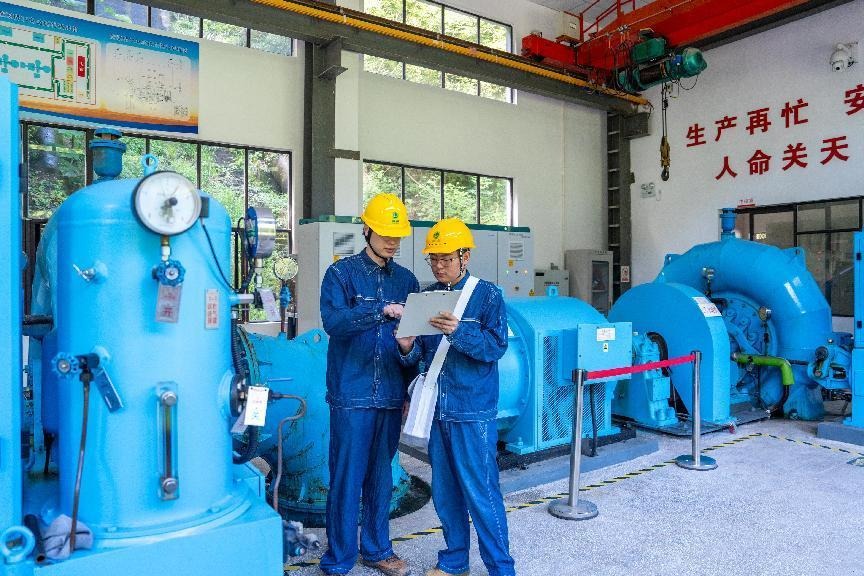Researchers recalibrate plateau's elevation history

When did the Qinghai-Tibet Plateau grow to become the top of the world? A new study led by Chinese researchers has found evidence to suggest it rose to its current height more recently than previously thought.
According to the study, published online last week in the journal Science Advances, the central and southern Qinghai-Tibet Plateau rose to between 3,500 meters and 4,500 meters some 26 million to 21 million years ago. The findings challenge the general belief that the plateau reached a height of 4,600 meters as early as 40 million years ago.
Lead researcher Fang Xiaomin, from the Chinese Academy of Sciences' Institute of Tibetan Plateau Research, said the results came from an analysis of fossil soils at the Lunpola Basin, "a prime location for determining the elevation history of the plateau".
Located in the central part of the Qinghai-Tibet Plateau, the basin is home to rich and well-preserved fossil soils containing tropical plants and animals that can be used to analyze the uplift of the central and southern plateau, Fang explained.
Analysis showed that the central and south plateau first slowly deformed and subsided between 42 million and 25 million years ago, and uplifted 25 million to 20 million years ago.
"This indicates the plateau was lower than 2,300 meters about 40 million years ago, and it grew above 3,500 meters around 26 million to 21 million years ago," Fang said.
He said calibrating the elevation history of the Qinghai-Tibet Plateau is "research of enormous significance".
The plateau is the most typical intracontinental deformed and uplifted area on Earth, he said, and it is also an area where volcanoes and earthquakes are active. Understanding the evolution of the plateau's elevation is thus crucial to understanding its growth mechanisms, as well as related geological disasters and landforms.
In addition, the results of the study can help people understand the influence of the plateau's elevation on regional and global climates, environments and biodiversity, said Fang, whose team is set to study the link between the plateau's uplift and Asian monsoon evolution.
The study was co-authored by researchers from the China University of Geosciences, Lanzhou University, Potsdam University in Germany and the University of Rennes in France.
Xinhua
Today's Top News
- China ready to drive smart vehicle brain
- Foreign Ministry briefs on latest China-US trade talks
- Chinese and Russian navies to hold joint exercise and patrol
- Childcare subsidy applications to start in late August
- CPC leadership holds symposium to seek advice on economic work
- 20th CPC Central Committee to hold fourth plenary session in October






























